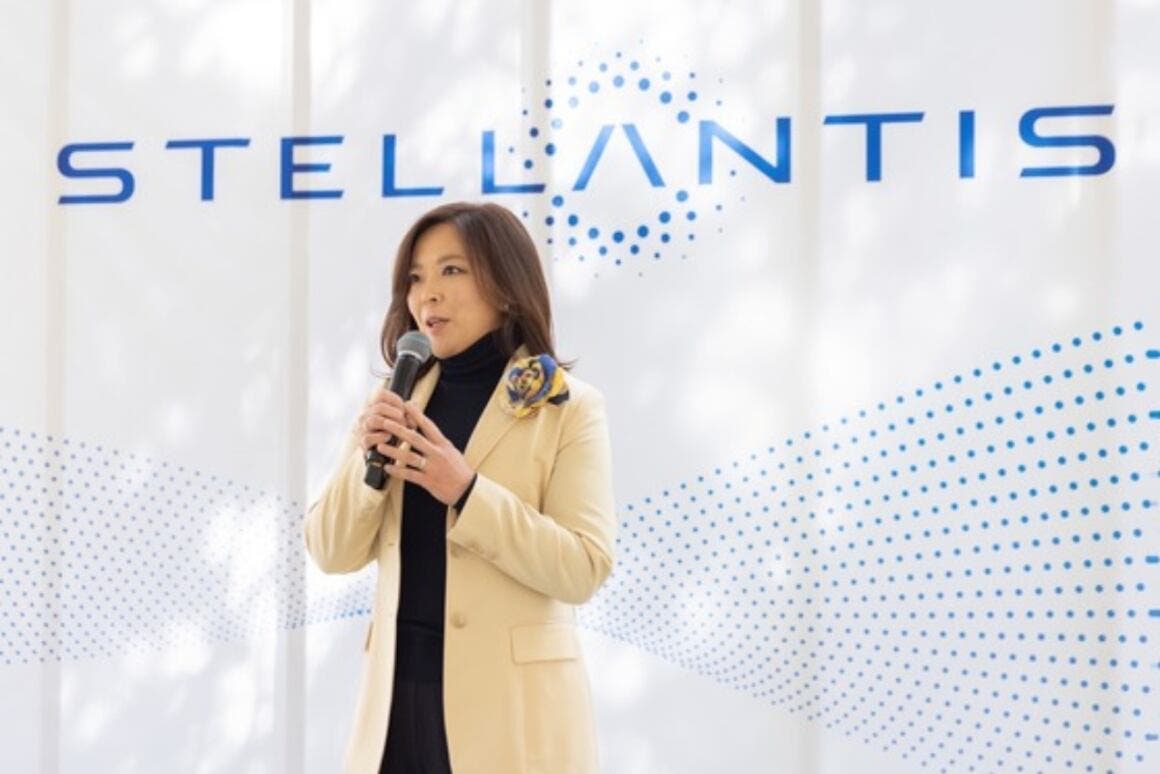Stellantis is hard at work to recapture the Korean market, and the electric Jeep Avenger is the brand’s bet to revive sales in Korea. Stellantis Korea general manager Bill Sil has produced a new strategy to restore the trust of Korean customers.
Stellantis points to electric Avenger to win back Korean market
Leading the way in this ascent could be the new electric Jeep Avenger, although for a number of reasons we will discuss, the road ahead does not look easy at all. In fact, the company has experienced a major drop in sales in recent years, now, however, Thanks to the new Avenger model, there may be a light at the end of the tunnel. A possible turning point that will still have to address several issues that characterize the Korean market.
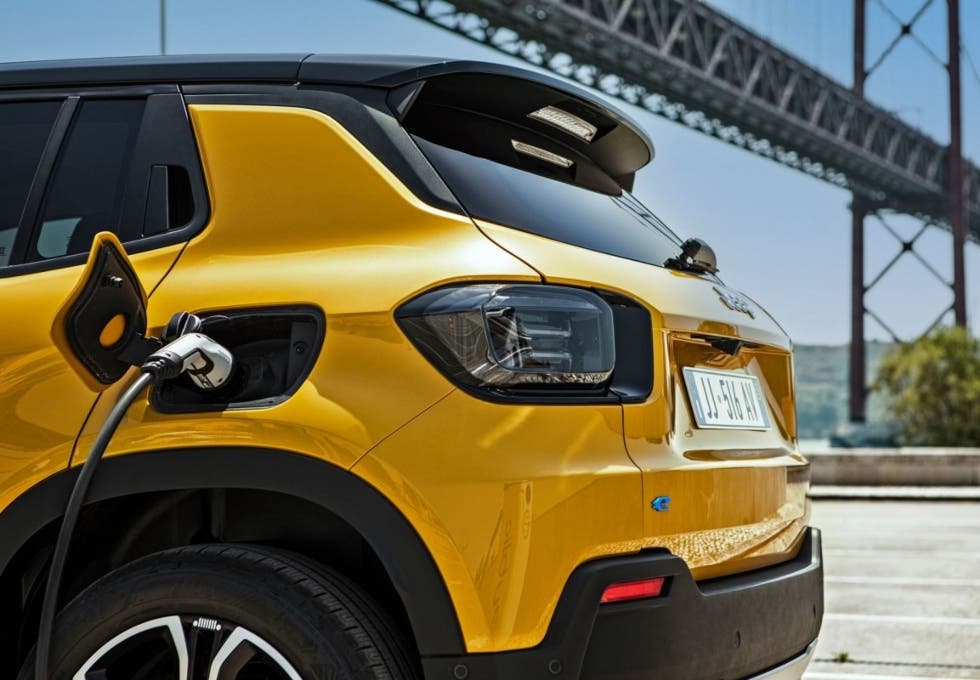
The main reason for this uncertainty about the future success of this Jeep model in Korea, mainly concerns the use of batteries produced by the large Chinese company CATL. For the Koreans, these batteries come with a shorter range than their competitors, which generates skepticism among local consumers, who are increasingly attentive to the origin and performance of electric vehicle batteries. Recent events in the industry of interest at this time, some of which have been unsuccessful, are generating great fears and especially doubts about Chinese-made batteries, consequently decreasing the confidence that potential buyers should have.
CATL, the Chinese battery giant
For those unfamiliar with the Chinese company, CATL (Contemporary Amperex Technology Co., Limited) is one of the world’s leading suppliers of batteries, particularly for electric vehicles. The company is characterized by the constant innovation they bring to the product and the customer. In addition, they are able to produce different models of batteries, each of them with different characteristics and advantages.
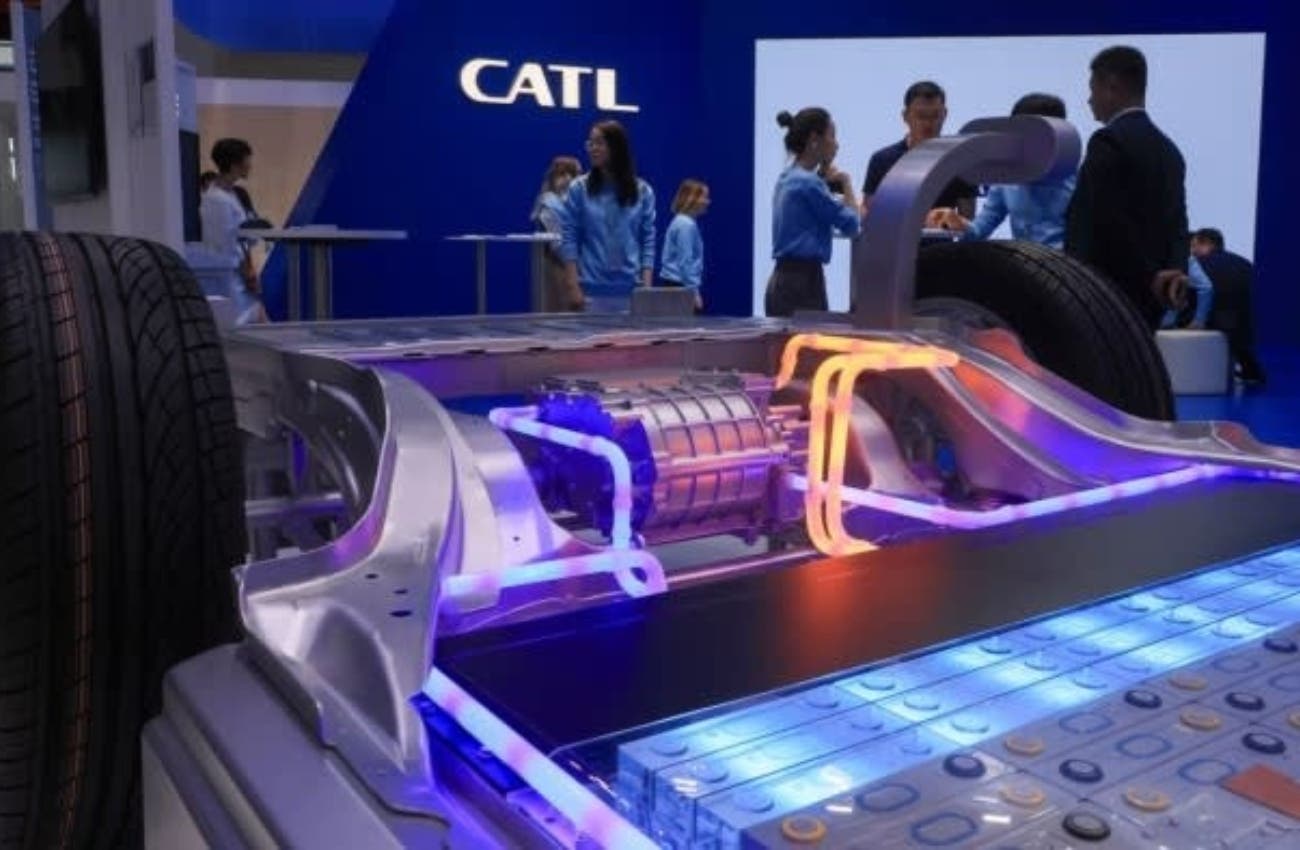
Over the past few years, the growing demand for electric vehicles has made CATL a key player in the global automotive industry. CATL boasts a large production capacity of high-performance batteries, moreover, supplied at very competitive prices. Themes that have made them perfect partners for many car manufacturers around the world. In addition, innovation lies at the heart of the company’s policy, which constantly aims to make electric vehicles increasingly accessible to a wider audience. Despite these big-company characteristics, Korean skepticism reigns supreme.
The local factor: the ‘made in Korea’ battery makes a difference to consumers
Despite the fact that The Jeep Avenger is being offered at a very competitive price in the market, the model is struggling to find its footing because of models such as Kia’s EV3, which is able to offer a longer range, and more importantly, is equipped with a battery made locally by LG Energy Solution. In fact, if you look at the results of the two cars, you can see the increase in sales of the Kia model by 20 percent, while for the Avenger only a 5 percent increase. So, it certainly appears that Korean consumers have a decided preference for domestic batteries, which presents a strong obstacle for Stellantis. A recently conducted survey estimates that about 80 percent of Korea’s end customers said they prefer an electric vehicle that mounts a locally produced battery.
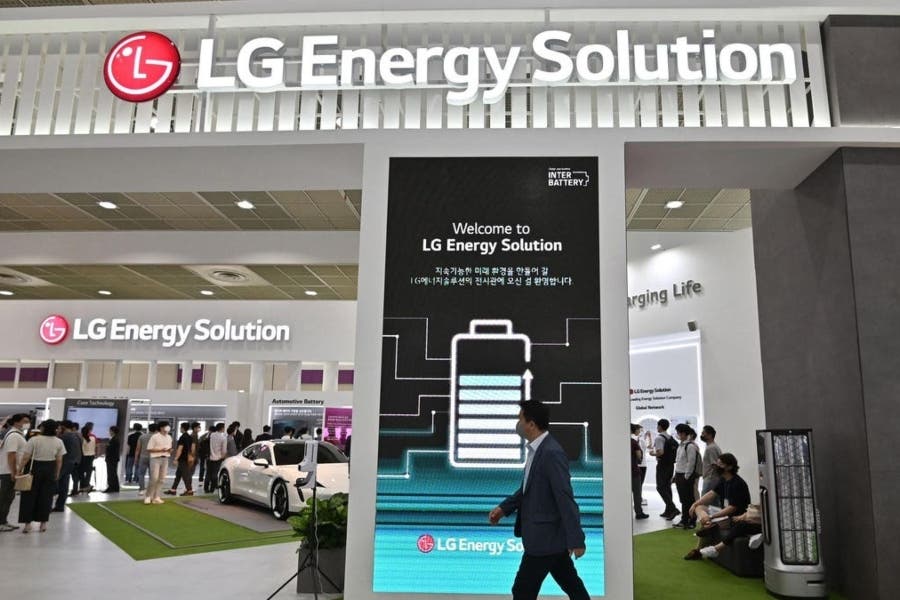
In addition, the Korean car market has a lot of competitiveness. Indeed, there are strong German luxury brands and local automakers such as Hyundai and Kia that are finding much success. Therefore, the non – preference of electric vehicles that do not mount Korean batteries, together with strong competition from other brands, complicates Jeep Avenger’s situation quite a bit.
Stellantis Korea, sales slump of and operating profit plunging
Presently, the numerical data speak very clearly. Stellantis sales in Korea have definitely plummeted, with a sum of 64 percent and a drop in operating profit of around 80 percent. On the other hand, as far as the individual Jeep brand is concerned, a decline of 37% was found, which as we mentioned, is related to different consumer preference and also strong competition from other brands.
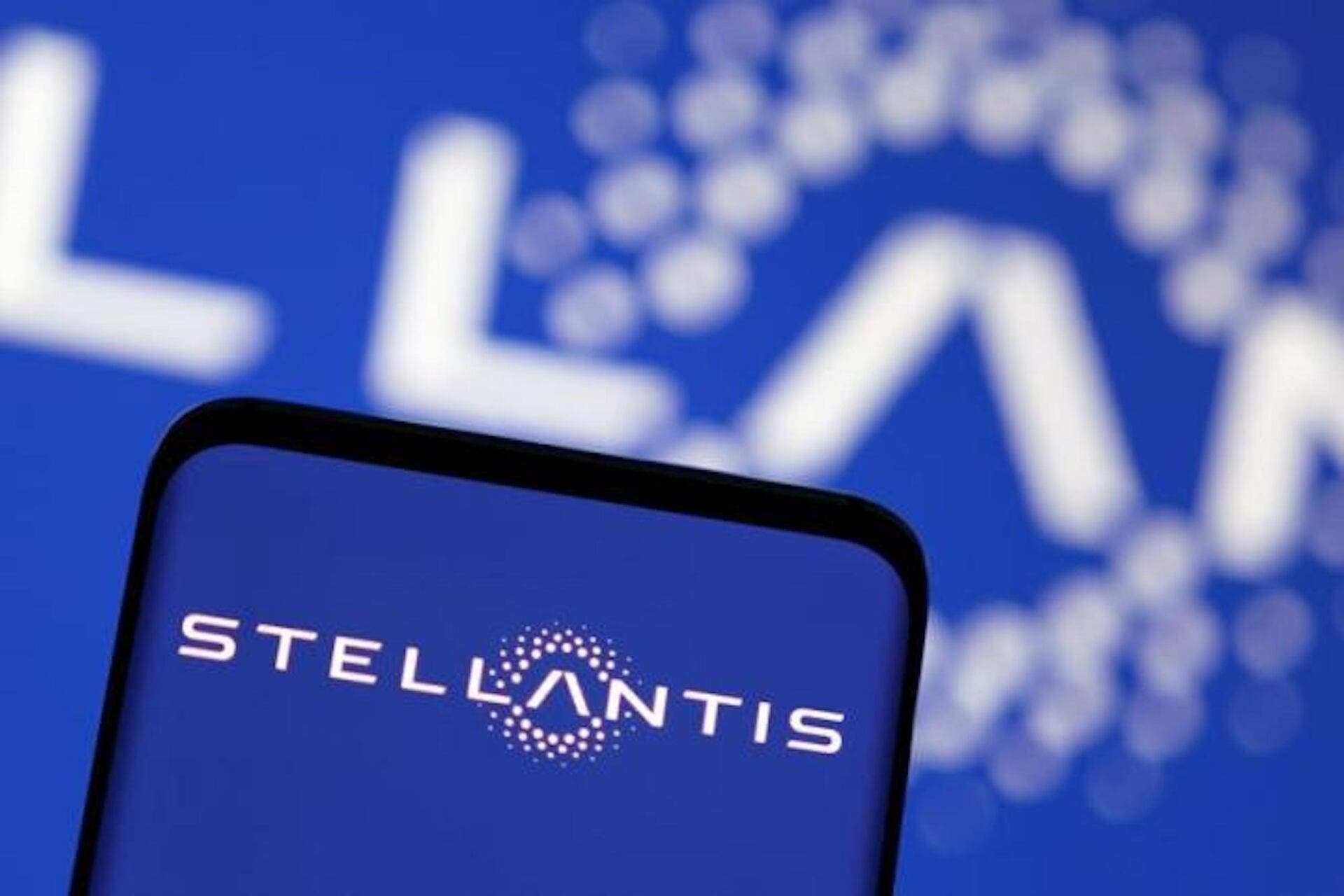
Since the situation is looking pretty clear for the multi-brand Stellantis company, the group j will need to work in an extremely focused way to succeed in winning back the trust of Korean customers. Probably, the company’s strategy will have to be based on factors such as fully transparent communication and on making the most of the strengths of the model it wants to offer. It could be a start to try to overcome concerns regarding the origin of batteries.

